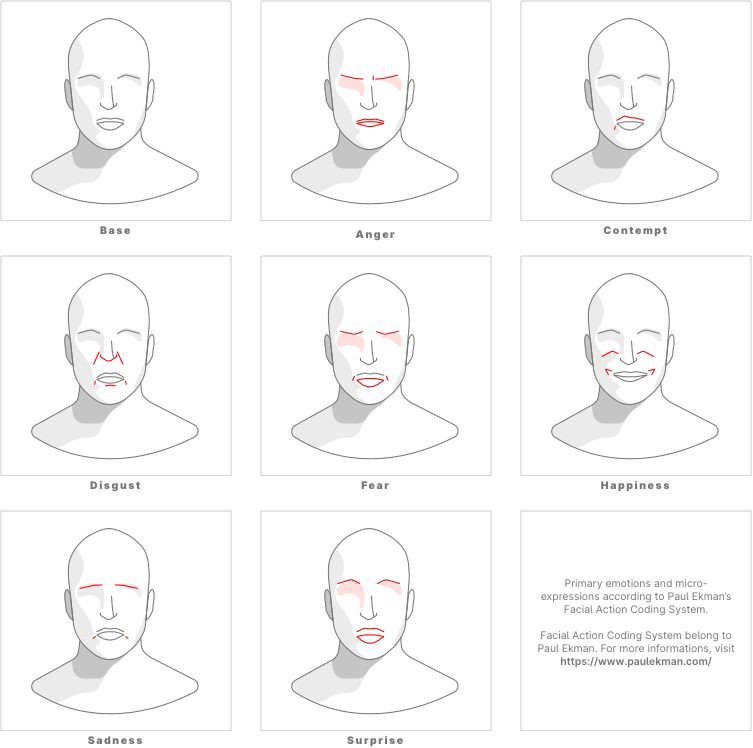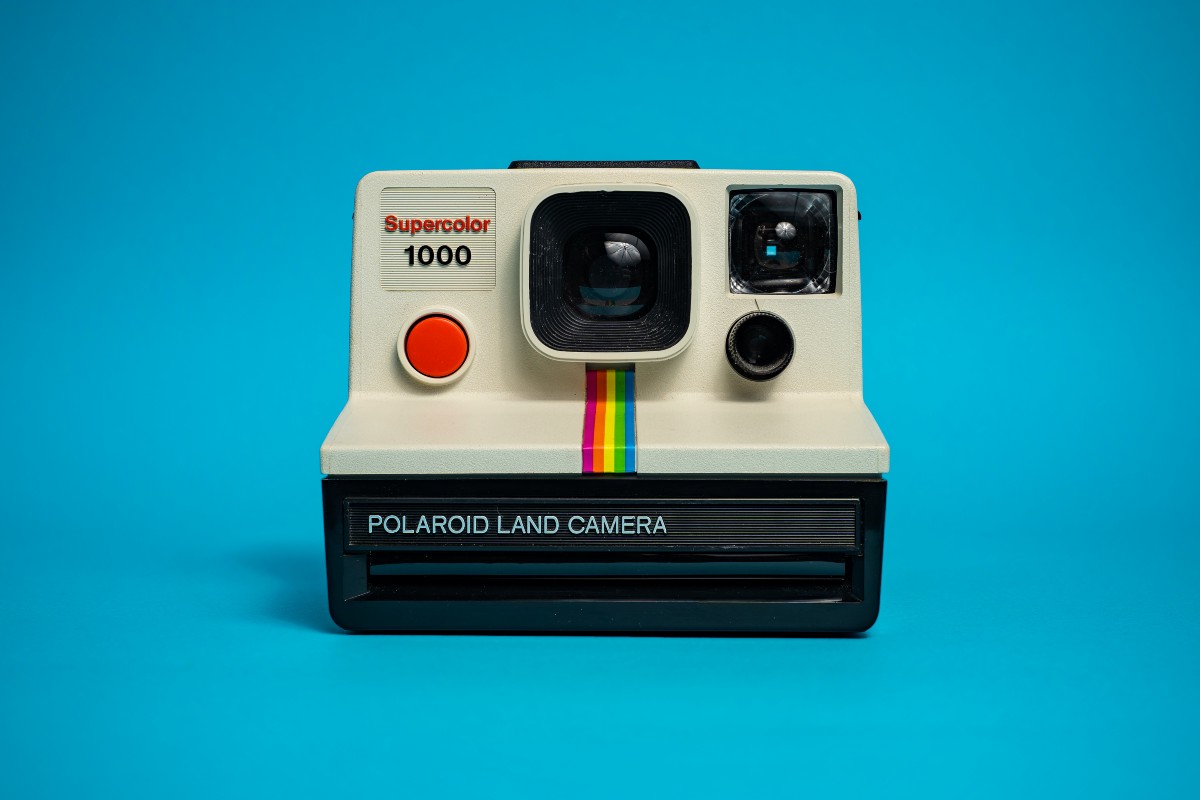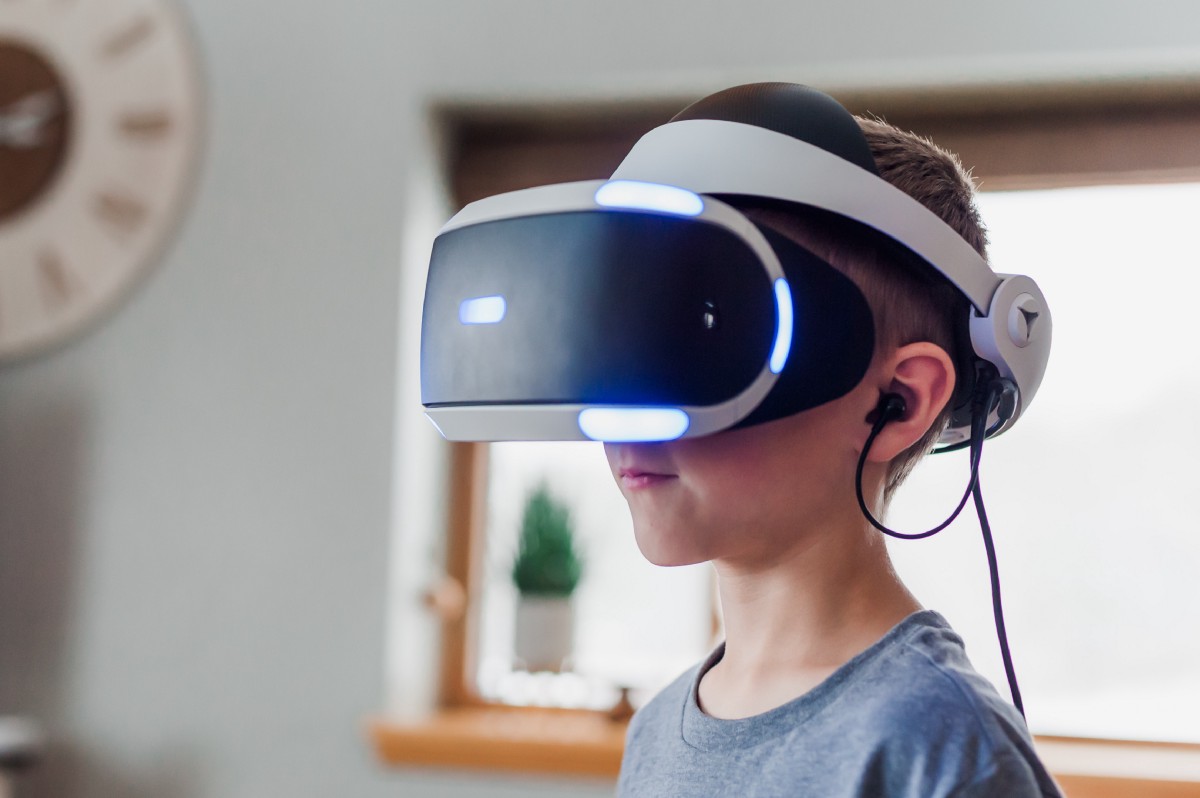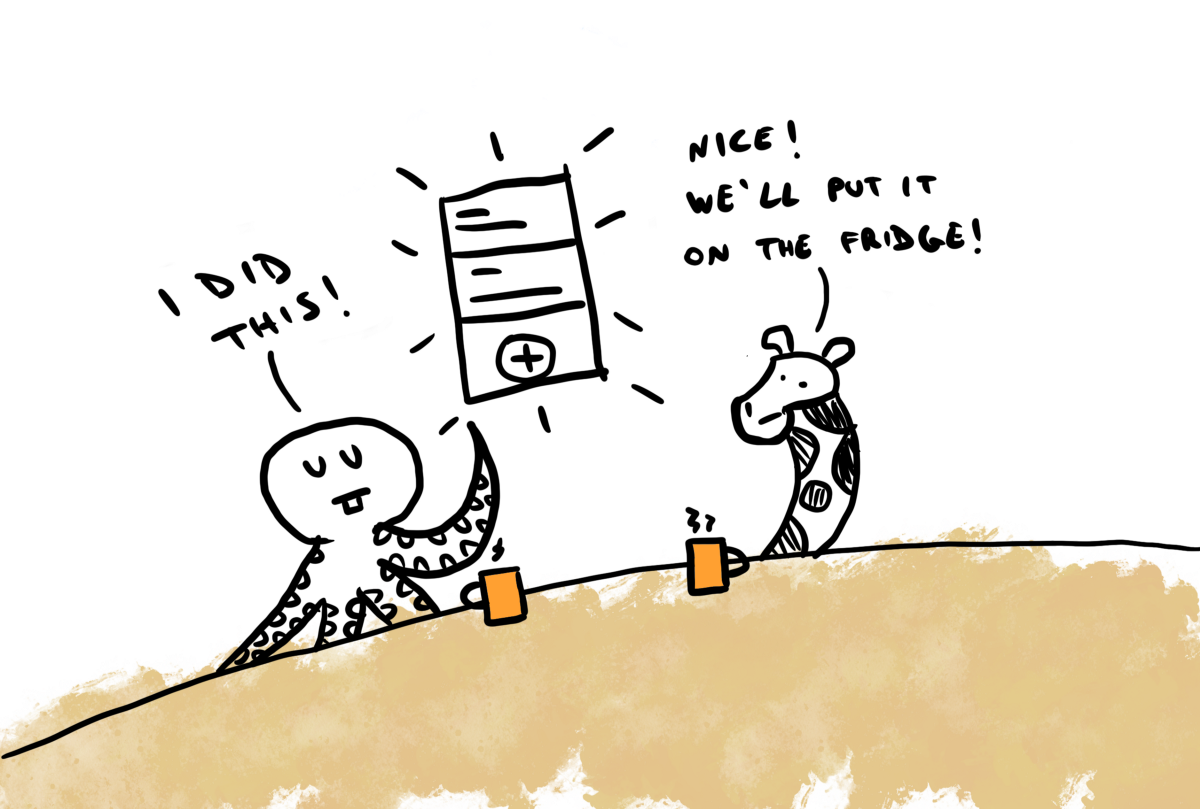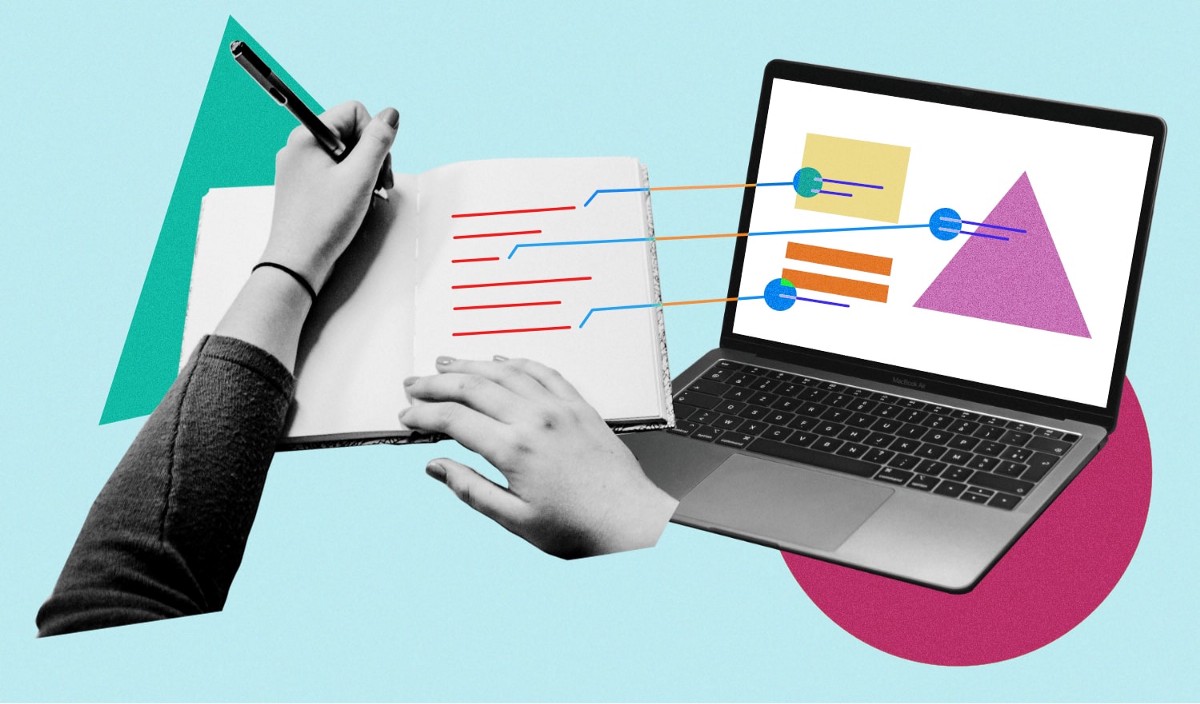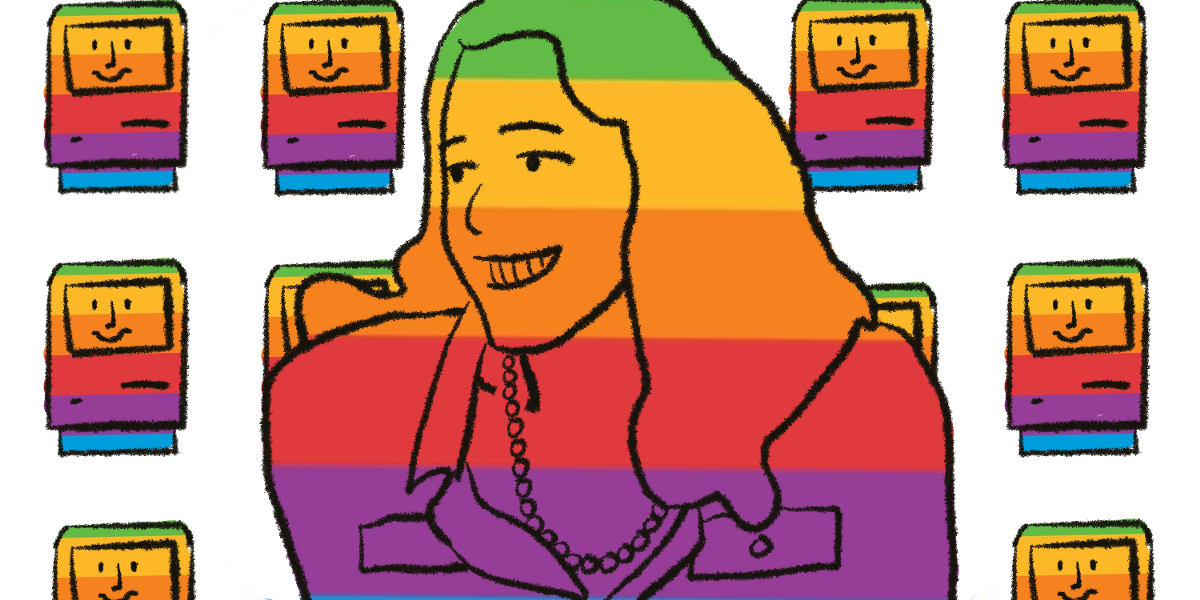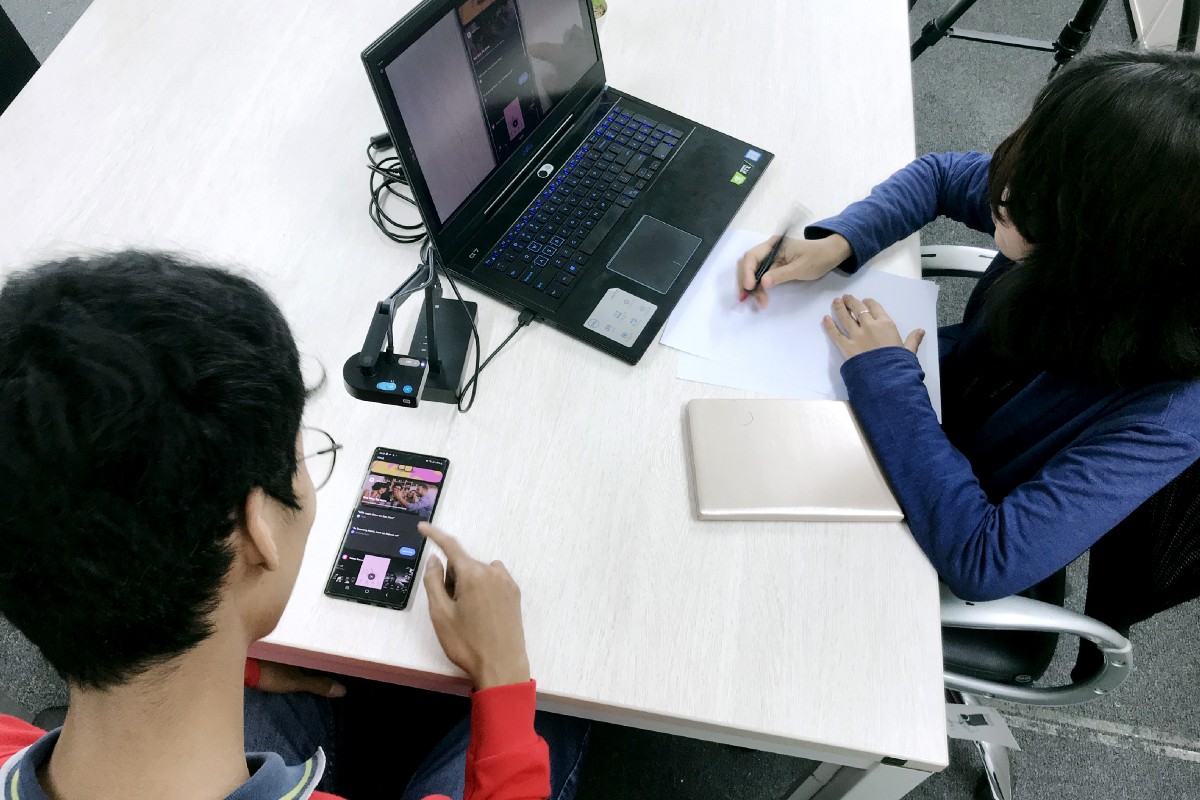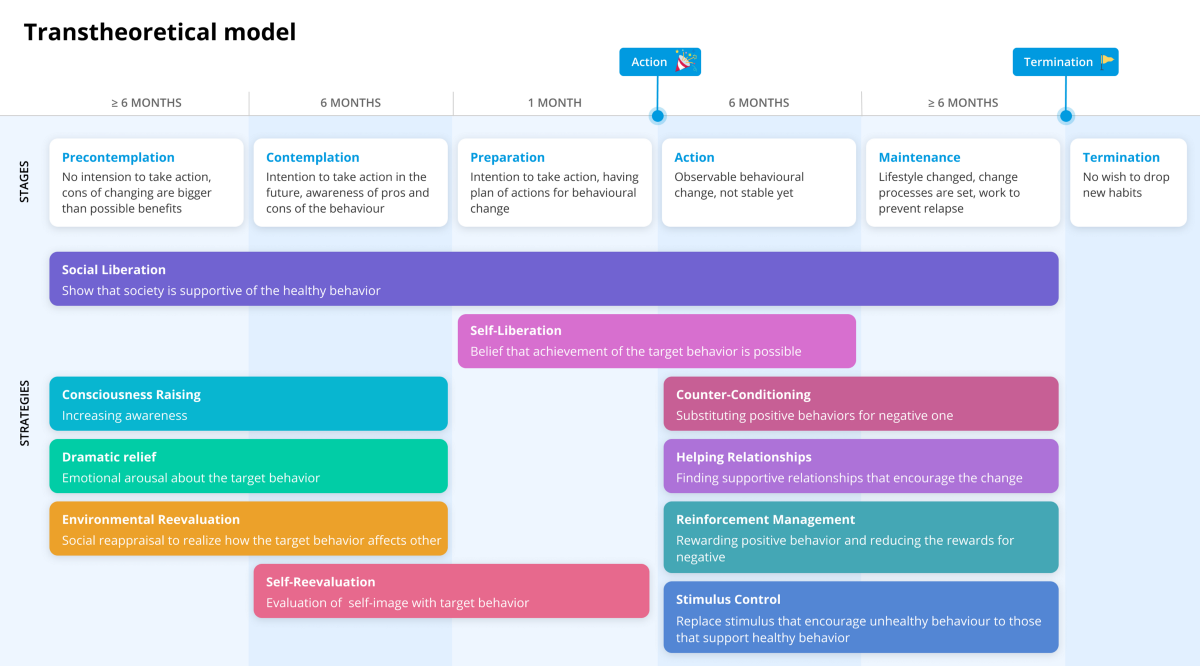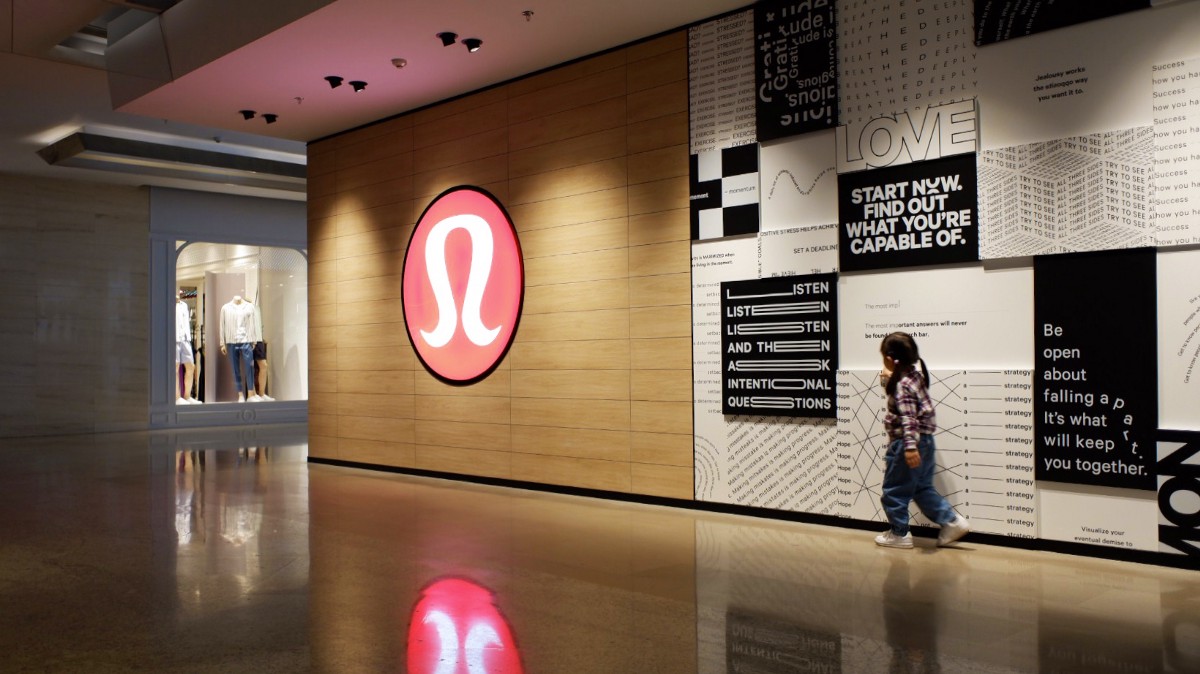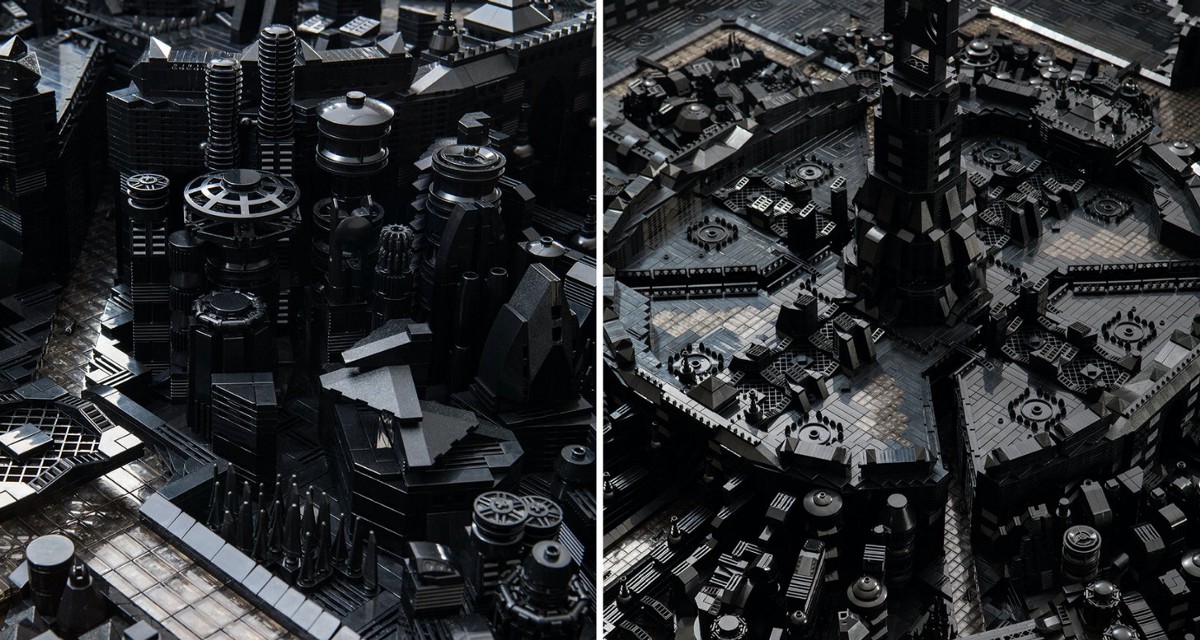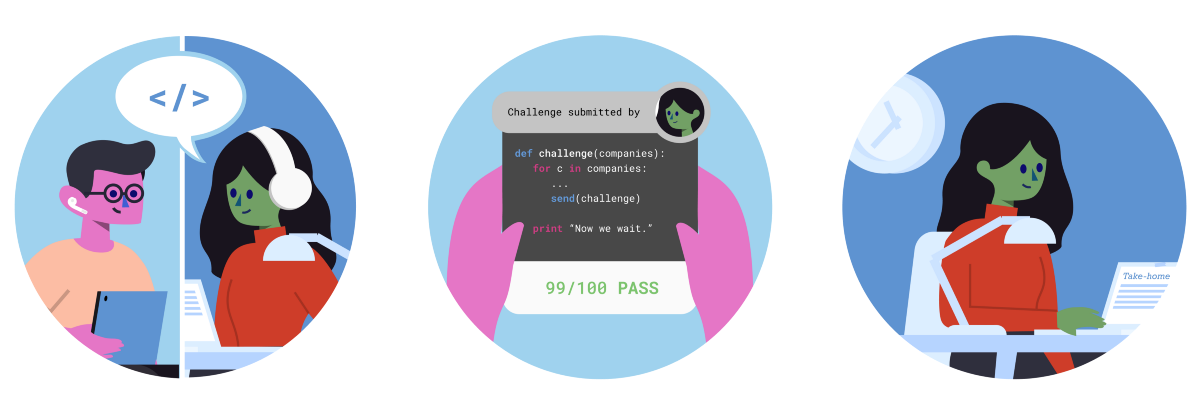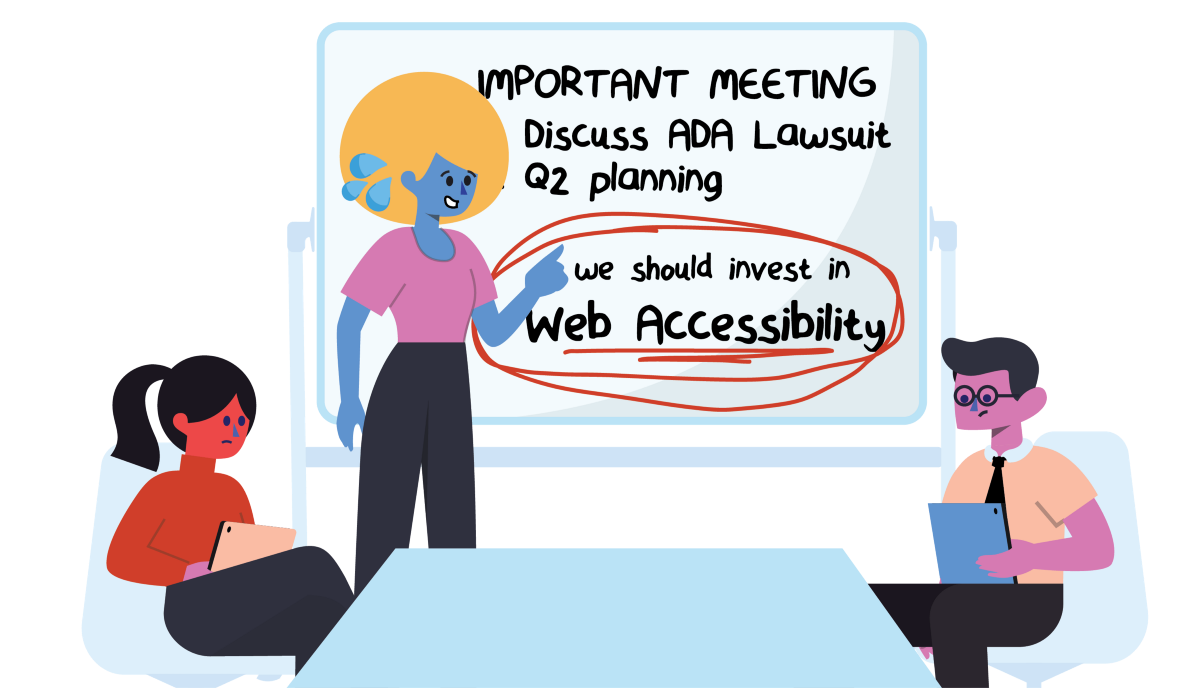[unable to retrieve full-text content] While growing up in Western PA, like most kids, I grew up loving and playing football and becoming a Pittsburgh Steelers fan. As NFL devotees, we endured a surreal 2020 football season with the pandemic from empty stands replaced by cardboard fans to injury reports containing COVID19 infections. Yet, with… Continue reading Design lessons from the National Football League (NFL)
Category: Design
Design is the method of putting form and content together. Design, just as art, has multiple definitions; there is no single definition. Design can be art. Design can be aesthetics. Design is so simple, that’s why it is so complicated.
The UX of video game tutorials
[unable to retrieve full-text content] What decisions a designer will run into while designing learning experiences. For a long time, it has been customary for tutorials to be a part of the First Time User Experience (FTUE). Usually, this meant that the journey would start from installing the game, followed by a rundown of the… Continue reading The UX of video game tutorials
Analysing micro-expressions from a (failed) user testing session
[unable to retrieve full-text content] In a recent professional experience, I was unexpectedly sent to Spain for a user test of a system I did not design with the promise of a translator. Once there, no translator. Nice. But the possibility of capturing the video of the faces of the users and their interactions with… Continue reading Analysing micro-expressions from a (failed) user testing session
The rise and fall of Polaroid
[unable to retrieve full-text content] The disruptor becomes the disrupted. Photo by Patrick on Unsplash The Positional View and Resource-Based View are two schools of business strategy that seek to describe a company’s competitive advantage. There is a great deal of overlap between the two, as will be discussed using specific examples from the Polaroid company.… Continue reading The rise and fall of Polaroid
Is the business process not capturing what users do? Create a UX flowchart
[unable to retrieve full-text content] Continue reading on UX Collective »
Where are we headed with technology?
[unable to retrieve full-text content] Observations from a product designer. Cyberpunk 2077 — few would refuse to live here if given the choice. 1. We will have second lives in a massive virtual environment. It won’t exactly be like Ready Player One, but our primary social gatherings will shift to entirely virtual settings. In fact, this transition has… Continue reading Where are we headed with technology?
Make users think: a way for design innovation
[unable to retrieve full-text content] When I was a kid, before we had our personal desk computer, we would listen to stories from our grandfather on how, in the beginning, computers were the size of a warehouse, how the computer instructions were manually inserted in the form of punched cards, and how many men would… Continue reading Make users think: a way for design innovation
Lessons learned from designing a VR app
[unable to retrieve full-text content] We built a tool in virtual reality. It’s pretty cool. Here’s what we would change. Continue reading on UX Collective »
Women in UX: Leah Buley
[unable to retrieve full-text content] Continue reading on UX Collective »
How smart devices and apps can become our best friends
[unable to retrieve full-text content] Continue reading on UX Collective »
Three topics I often discuss with mentees
[unable to retrieve full-text content] I’ve been a mentor since 2018 on UXPA, Revive, and ADPList. Thanks to these amazing communities I’ve been lucky enough to meet and… Continue reading on UX Collective »
Microcopy: an essential guide to becoming a more literate designer
[unable to retrieve full-text content] Illustration by David Hall Designers should not be mere decorators, but have an understanding of language and microcopy, a crucial design skill, now more than ever. Look at these two images: Onboarding screen A and B The obvious difference between these two onboarding visuals is that option A is devoid of words and is… Continue reading Microcopy: an essential guide to becoming a more literate designer
Women in UX: Susan Kare
[unable to retrieve full-text content] Susan Kare rendered in the Macintosh rainbow by Daley Wilhelm Why women in UX? Ready for an utterly shocking statement? Prepare thyself: women are underrepresented in the tech sector. Oh… you already knew? I should have accounted for the fact that this is a well-documented phenomenon, the Pew Research Center reported that… Continue reading Women in UX: Susan Kare
Why you need to observe your users
[unable to retrieve full-text content] Surveys are not enough and don’t tell you the whole story Continue reading on UX Collective »
Bringing Wikipedia to the homescreen on iOS
[unable to retrieve full-text content] By Carolyn Li-Madeo and Deepak Mantena When Apple introduced an update to widgets with iOS 14, the Wikipedia iOS team was excited to take the opportunity to rethink our own. With the ability to place widgets right on the home screen, the team was curious about how we could highlight Wikipedia… Continue reading Bringing Wikipedia to the homescreen on iOS
Major behavioral theories, explained
[unable to retrieve full-text content] Why the behavior occurs and how to achieve and maintain it Continue reading on UX Collective »
From designed-for-women to design-by-women
[unable to retrieve full-text content] A reciprocal relationship between societal shift and innovative design. Lululemon retail store in Beijing. PHOTOGRAPHER: Eason Yang Design has evolved from a pragmatic methodology towards a strategic influence over the past decades; designers have engaged in complex social problems making significant contributions. Our observations convince us that the need has emerged… Continue reading From designed-for-women to design-by-women
Type traps, design maxims, new Figma, UI tips collection
[unable to retrieve full-text content] Weekly curated resources for designers — thinkers and makers. “One of the fundamental forces behind my journey is the opportunity to connect and collaborate with other designers. Building relationships is a crucial part of what we do. I’ve always been a people person myself. That’s just part of my nature. I’m a strong believer… Continue reading Type traps, design maxims, new Figma, UI tips collection
Prince Philip: Celebrating a surprising tech legacy
[unable to retrieve full-text content] As we bid farewell to the Duke of Edinburgh, I pay homage to his love of technology & innovation, exploring some tech-based schemes linked with the legendary DofE Award. With an incredibly heavy heart, the world recently said goodbye to HRH Prince Philip, the Queen’s beloved husband and “strength and stay”… Continue reading Prince Philip: Celebrating a surprising tech legacy
Which type of pre-onsite technical interview is the best for recruiting engineers?
[unable to retrieve full-text content] I asked 300+ engineers what type of pre-onsite interview experience they prefer and this is what I found out. Continue reading on UX Collective »
The role of Reflection in the design process
[unable to retrieve full-text content] The often-overlooked last step. In product design, when we release a feature into the wild, we can expect a degree of objectivity in the feedback we get. We can tell if our designs are helping or hurting based on the feedback and metrics after we ship. Getting my hands on these metrics… Continue reading The role of Reflection in the design process
Should I be using NPS to measure customer loyalty in SaaS?
[unable to retrieve full-text content] Focus on what you can do for the customer, not what the customer can do for you. Continue reading on UX Collective »
UX designers: don’t neglect visual design
[unable to retrieve full-text content] A mistake, especially common among junior UX designers. Continue reading on UX Collective »
How to convince company leadership to care about accessibility — a guide
[unable to retrieve full-text content] Over 11,000 ADA lawsuits were filed in the US in 2019 and 26% of Americans have a disability. How do we get our leadership to take action? Continue reading on UX Collective »


